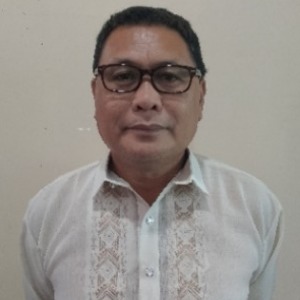Title : Puerulus fishing industry in Surigao Del Sur: Practices, gear deployment and price trends, and economic return
Abstract:
The discovery of a natural puerulus fisheries resource in Surigao del Sur spurred the local industry in 2015, following the adoption of collection techniques from other provinces. Initial demand was modest, but by 2017, rising demand and prices led to unsustainable practices, such as the use of hardwood and coral reefs, super lights, and increased fishing units per collector. These activities led to environmental degradation, navigation issues, and conflicts with seaweed farming, particularly when gear was left unattended in the off-season. Effective management has been hampered by a lack of baseline data. This study documents fishing practices, gear development, and the economic viability of puerulus collection in Surigao del Sur, based on interviews and fish landing surveys. Findings show that collection sites in Bislig City, Hinatuan, Lianga, and Marihatag are selected based on hydro-physiographic factors to maximize efficiency and reduce ecological impact. An inverse relationship was found between raft deployment and puerulus prices from 2015 to 2022, especially during periods of rapid expansion. Collectors earned significantly higher returns during peak months, with Marihatag achieving the highest ROI at 556.75%. These results provide essential baseline data to guide the development of targeted regulations that balance economic benefits with sustainable management. The study offers valuable insights for stakeholders, including national agencies, Bureau of Fisheries and Aquatic Resources (BFAR), Provincial Government (PG), LGUs, Non-Government Organizations (NGOs), and Coastal Communities Alliance Unified for Sustainable Ecosystem (CCAUSE), to inform future regulations and conservation strategies.
Keywords: puerulus, fishing practices, raft deployment, profitability, light attractio


